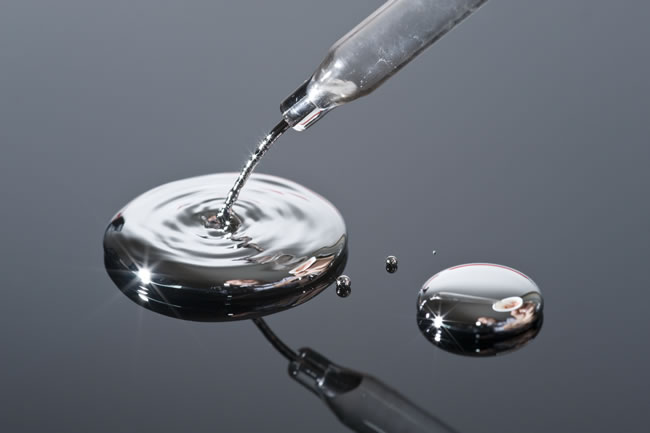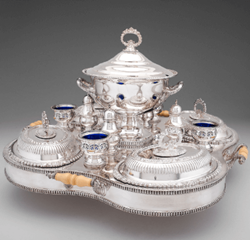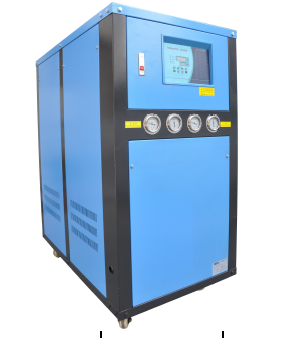Certain single metal salts, such as copper sulphate, zinc sulphate, etc., if formulated as an aqueous solution, are inserted into the electrode and passed through a current to deposit a corresponding metal deposit on the cathode. Such coatings are generally difficult to meet current requirements for industrial plating performance, quality or processability of the deposition process. A simple so-called (Daniel) battery is a good example. This early galvanic cell achieved electrodeposition without external power supply. Due to the difficulty in process control, the coating performance is poor and cannot meet the application requirements.
Therefore, the modern electroplating process uses a batching system that is formulated as required. Generally, you need to have the following functions.
1.Metal supply agent
A soluble salt containing metal ions to be deposited for supply to the metal for deposition. The industry has used this type of metal salt as the main salt. However, the primary salt is understood to be the salt from which the deposited metal is primarily provided, rather than the primary salt or predominantly present form present in the solution.
- Plating solution improver
A single salt is used as a bathing component, and the deposited coating generally does not meet the usual application requirements, as described above. In order to improve the performance and quality of the deposited coating, as well as to facilitate the monitoring of the process, it is generally necessary to add one or more compounds to adjust the function of the solution. For example, in order to change the shape of the discharge ion or adjust the potential of the discharge, a complexing agent may be added; in order to improve the conductance of the plating solution, a conductive salt may be added; in order to improve the structure of the plating layer, an organic additive may be added; in order to stabilize the plating solution, it may be added. Buffers, stabilizers, etc.
- Anode conditioning agent
Smooth and normal dissolution of the anode is critical to the balance and stability of the bath. The dissolution rate of the anode must be coordinated with the deposition rate of the cathode, otherwise it will affect the material balance of the deposited ions. The anode often has phenomena such as passivation, ash ash, and abnormal loss, which directly affect the quality of the coating. For example, the ash of the anode is detached and suspended in the solution, which tends to contaminate the bath and entrain it into the coating. Abnormal morphology of the anode dissolution can also cause impurity suspension and material waste. If a completely insoluble inert anode is used, the bath should be adjusted in time to maintain the normal concentration of ions.
- Plating solution additive
Usually, in order to adjust one or more indicators, some substances are added to the plating solution. These materials are currently generally determined by experimentation or by empirical summarization, including inorganic, organic or natural materials as well as synthetic compounds. For example, improving the dispersing ability of the plating solution, refining the crystal grains of the plating layer, increasing the flatness and brightness, and eliminating the pitting of the plating layer. Since the combination of several substances often has synergistic and enhanced effects, the additives of the products are also commonly used in combination with several materials.
At present, the plating solution used in production is still mainly in aqueous solution. Organic solvents or mixtures thereof with water, molten salts and the like have also been increasingly used in production, particularly for the deposition of metals which are not or difficult to deposit in aqueous solutions. However, since operational control is relatively difficult compared to conventional aqueous solutions, it is not very common. For metals that cannot be precipitated from aqueous solutions, the use of non-aqueous solvents or molten salts is currently the only viable solution. Some of the advantages of non-aqueous baths are also driving the process of using aqueous solutions to the non-aqueous direction. Therefore, in general, the plating system for electroplating actually includes a water and a non-aqueous system, and also includes a partially mixed water system.





